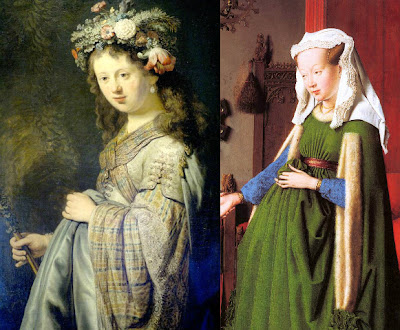Having arrived in Paris in 1778, a young Mozart is commissioned to provide the incidental music to Les Petites Riens [K.Anh.10], a forgotten ballet with choreography by Jean-Georges Noverre. The comparison I make here is to the Overture, though Mozart provided twelve short movements (additional appropriations were not found). Following this, I have included a second collection of comparisons, all of which fall within Mozart's oeuvre and bear close dates of composition, a span of some four or five years. This evidences Mozart's referring to a recent work in composing his 16th piano sonata and subsequently the Concerto in C.
Please note in the following that I have drawn a comparison between two pairs of instances between the clips provided. To be exact, the Symphony in C should be compared "from beginning" with the Overture "from beginning," after which one should compare the former "at 0:30" with the latter "at 0:04." In the "As a bonus..." I have done nearly the same but with the difference that the Concerto in C and Sonata in C each refer to different instances in a third clip, that of the March.
Two Respective Comparisons
Ludwig van Beethoven – Symphony No. 5 in C minor (1808)[from beginning; second example beginning at 0:30]
Heard here...
Wolfgang Amadeus Mozart – Overture from Les Petites Riens (1778)
[from beginning; second example beginning at 0:04]
As a bonus...
Wolfgang Amadeus Mozart – Piano Concerto No. 21 in C major (1785)
[beginning at 0:13]
&
Wolfgang Amadeus Mozart – Piano Sonata No. 10 in C major (1783)
[beginning at 1:07]
Heard here...
Wolfgang Amadeus Mozart – March No. 3 in C major (1782)
[beginning at 0:05; second example beginning at 0:37]
★
This blog is intended as a space within which I will share my findings related to classical music appropriation. Many composers in the past have quoted, borrowed, and recycled the themes and melodies of others. Having already noted many such instances, I hope to include the more interesting, and convincing, examples herein.






